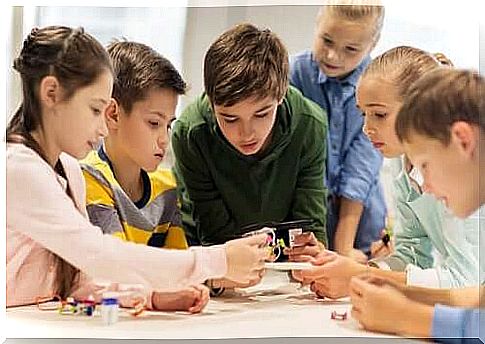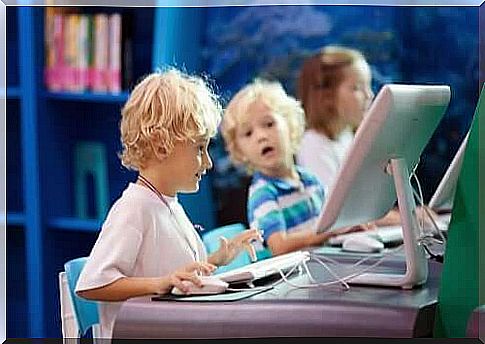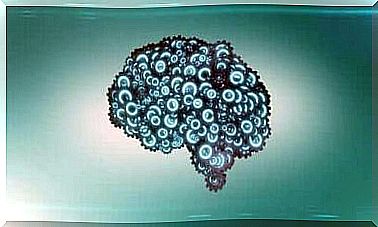What Is Interactive Learning Really About?

Many psychologists, biologists and mathematicians are concerned about the learning process and have contributed in an attempt to improve the general understanding of this process. Keep reading to find out more about interactive learning.
Let’s start by defining learning and interactivity. According to the dictionary, the first concept refers to “acquisition by the exercise of lasting behavior” and the second to an “action performed between two or more objects, people, agents, forces and functions”. But what exactly is interactive learning?

What is interactive learning?
It refers to dynamic learning, often associated with movement. The most important characteristic is that it provides motivating activities that encourage people to be active and deepen their knowledge. For this, different actors and elements are necessary:
- Teacher. Acts as a leader who motivates for learning.
- Students. They remain active during learning.
- Rom. It may or may not be a classroom; The important thing is that it should be adapted for learning.
In interactive learning, we can include various tools to help achieve a set of goals. For example, a regular is to keep learning. This way you avoid procrastination.
How to learn interactively
It is important that constant dialogue is the basis for active learning. The idea is for the teacher to become more involved in learning in a global way. In other words, to go beyond the theoretical.
In accordance with the environment and the goals, the teacher will:
- Plan the learning process.
- Intervene to motivate learning and guide students.
- Supervise students’ work.
- Be open to dialogue
- Generate positive expectations for students’ content
- Be innovative when it comes to the learning process
- Be dynamic and in line with the curriculum process
Thus, the teacher acts as a facilitator for learning. For this, they must know and control themselves well, in addition to the mentioned characteristics. Therefore, emotions, cognition and behavior also count in this type of learning. In fact, this person must be an example. They teach, and students appreciate, repeat, and recreate what they learned.
In addition, interactive learning intelligence is considered comprehensive. Thus, the only goal is not the development of intellectual pursuits. It consists of artistic, cultural, empathic and self-regulatory skills. The teacher is a guide and must be aware of and help strengthen these opportunities. Fantastic, right?
Interactive learning
When it comes to interactive learning , the student has an active role, and therefore they can participate in all activities. For example, make a presentation. Furthermore, they get feedback. Not just from their teacher, but also from their classmates and even from themselves. They can work in:
- An inverted classroom. Here they can develop virtual and face-to-face strategies. In addition, rivers can develop various skills that allow them to learn in a comprehensive way.
- Activities that promote competence learning. This consists of learning step by step until they develop a certain competence.
- Interaction with resources. Technologically and not, it consists of a student who is connected to various tools that facilitate learning. For example, participating in a brainstorming session in a virtual and shared room, making a presentation and learning through play.

Finally
There are many places dedicated to education that have made interactive learning their trademark. What is important here is to look for them if you want to be a part of this model that gets stronger and richer with each technological advancement. It is not only found in primary schools, but it is also evident in higher education.
Studies on virtual learning methods have been conducted. In an article published in the journal Media and Education , Arenas Márquez, Domingo Carrillo, Molleda Jimena, Ríos Martín and Ruiz del Castillo (2009) suggest that it is not enough to just transfer the classic material to a website. You also need to adapt them to the new space. Thus, it is not just about mixing, but rather a type of learning that is innovative, but with guidance and a strong theoretical base.
In short, interactive learning emphasizes a relationship that is built in different environments, where teachers, students and classmates are involved in a dynamic and conscious way. One where each participant contributes something. It goes beyond classic learning models and integrates them into an innovative environment.








